Why Does Tailbone Pain Occur? Causes, Symptoms, & Tips
Understanding the underlying factors, including injury, inflammation, or poor posture, is crucial in addressing and managing the discomfort associated with tailbone pain.
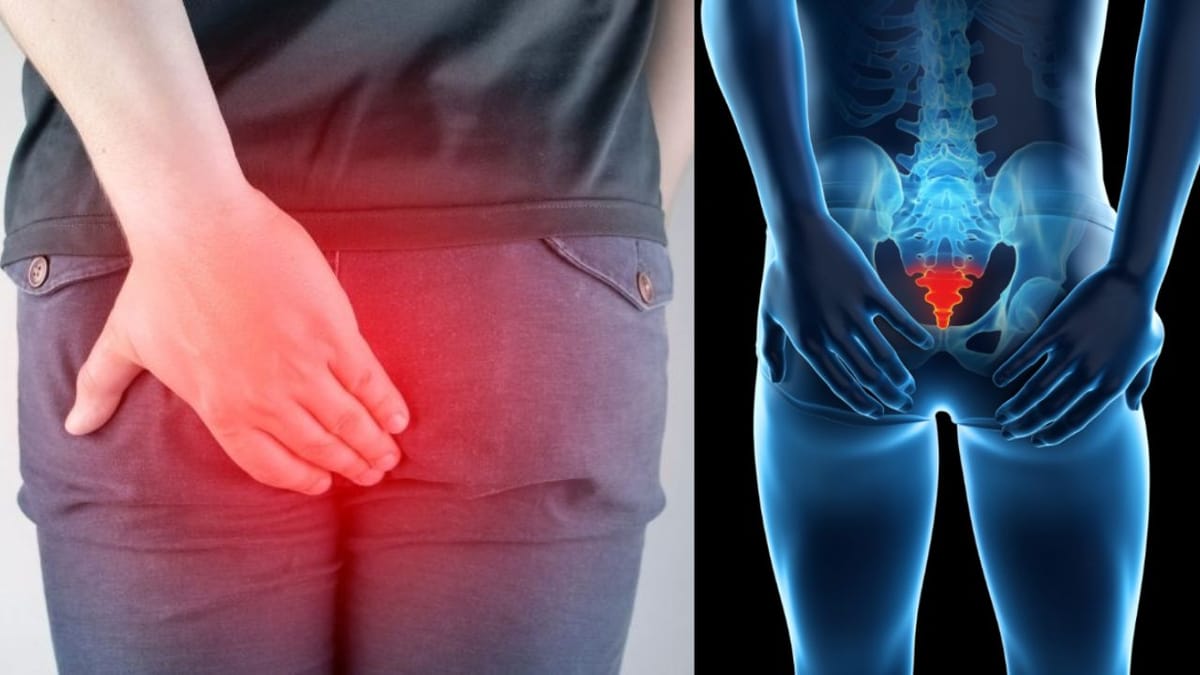
Tailbone pain, medically known as coccydynia, can be a real pain in the... well, you know. It's that nagging ache at the base of your spine that can make sitting, standing, and even walking a challenge.
But what exactly causes this discomfort, and more importantly, how can you alleviate it? Let's dive into the world of tailbone pain and explore its mysteries.
Key Takeaways
- Tailbone pain, or coccydynia, is often caused by trauma, prolonged sitting, or underlying medical conditions.
- Symptoms include localized pain and tenderness at the base of the spine, which can be exacerbated by sitting or standing.
- Treatment options range from self-care measures to medical interventions, depending on the severity and cause of the pain.
What is Tailbone Pain?
Tailbone pain is the discomfort and aching that occurs at the coccyx, the small bone at the bottom of your spine. Despite its small size, the tailbone plays a crucial role in supporting your weight when you sit and in stabilizing your movement.
The Anatomy of the Tailbone
The tailbone, or coccyx, is the final segment of the vertebral column. Comprising three to five individual vertebrae that are fused, it's a remnant of what used to be a tail in our evolutionary ancestors.
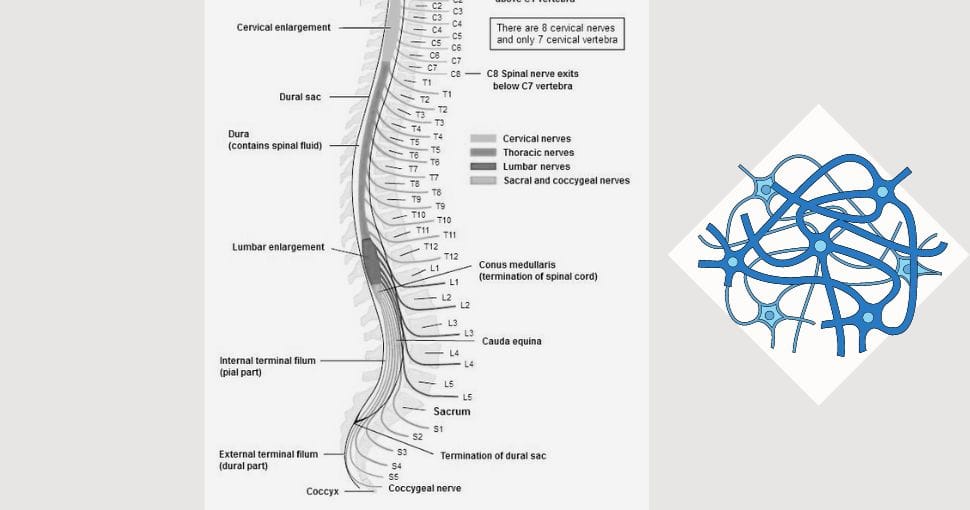
This structure is not just a vestigial bone; it serves as an anchor point for tendons, ligaments, and muscles.
Common Causes of Tailbone Pain
One of the primary causes of tailbone pain is trauma to the coccyx area. This can happen from a fall, a direct blow during contact sports, or even during childbirth. But not all causes are so dramatic; sometimes, just sitting on a hard surface for too long can spark discomfort.
The Role of Posture in Tailbone Pain
Poor posture can contribute significantly to tailbone pain. Slouching or sitting in an awkward position for extended periods can put undue stress on the coccyx, leading to pain and discomfort.
When to See a Doctor for Tailbone Pain
If your tailbone pain is severe, persistent, or causing you to alter your daily activities, it's time to consult a healthcare professional. They can diagnose the underlying cause and recommend appropriate treatment.
Diagnosing Tailbone Pain
To diagnose tailbone pain, a doctor will typically perform a physical examination and may order imaging tests such as an X-ray or MRI to rule out other conditions and get a better look at the coccyx.
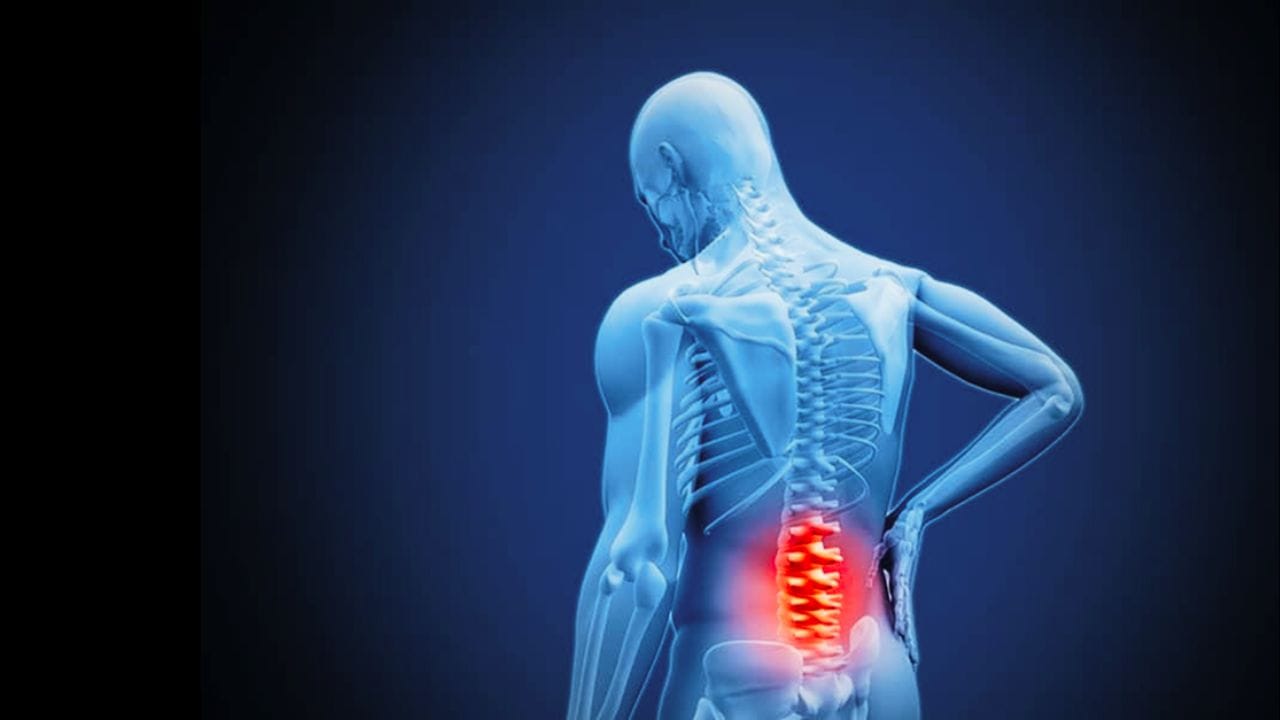
The Impact of Weight on Tailbone Pain
Being significantly overweight or underweight can affect tailbone pain. Extra weight can increase pressure on the coccyx, while a lack of padding from body fat can make sitting uncomfortable.
Pregnancy can put additional stress on the coccyx as the body prepares for childbirth. Hormonal changes that relax the ligaments and an increased load can contribute to tailbone pain during pregnancy.
Underlying Medical Conditions That Cause Tailbone Pain
Certain medical conditions, such as infections or tumors, can lead to tailbone pain. It's important to rule out these conditions when diagnosing coccydynia.
The Connection Between Tailbone Pain and Sitting
Sitting for prolonged periods, especially on hard or uncomfortable surfaces, is a common culprit for tailbone pain. The pressure exerted on the coccyx can lead to discomfort and inflammation.
Exercises to Alleviate Tailbone Pain
Gentle stretching and strengthening exercises can help alleviate tailbone pain by improving posture and reducing tension in the muscles around the coccyx.
The Role of Cushions in Managing Tailbone Pain
Using a specially designed coccyx cushion can redistribute your weight when sitting and relieve pressure on the tailbone, providing much-needed relief.
Medications for Tailbone Pain Relief
Over-the-counter pain relievers, such as ibuprofen or acetaminophen, can help manage the pain associated with coccydynia. In some cases, a doctor may prescribe stronger medication.
Physical Therapy for Tailbone Pain
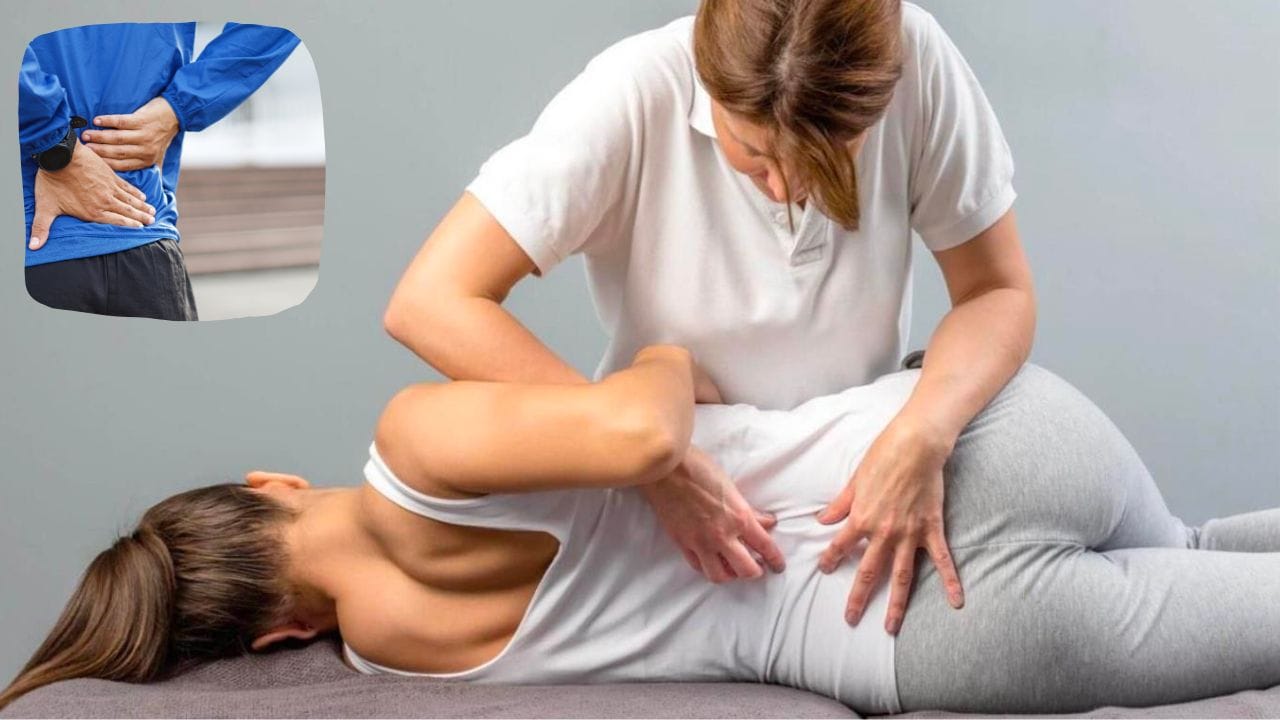
Physical therapy can be an effective treatment for tailbone pain. A physical therapist can teach you exercises to strengthen the muscles around the coccyx and improve your posture.
Injections and Other Medical Procedures for Tailbone Pain
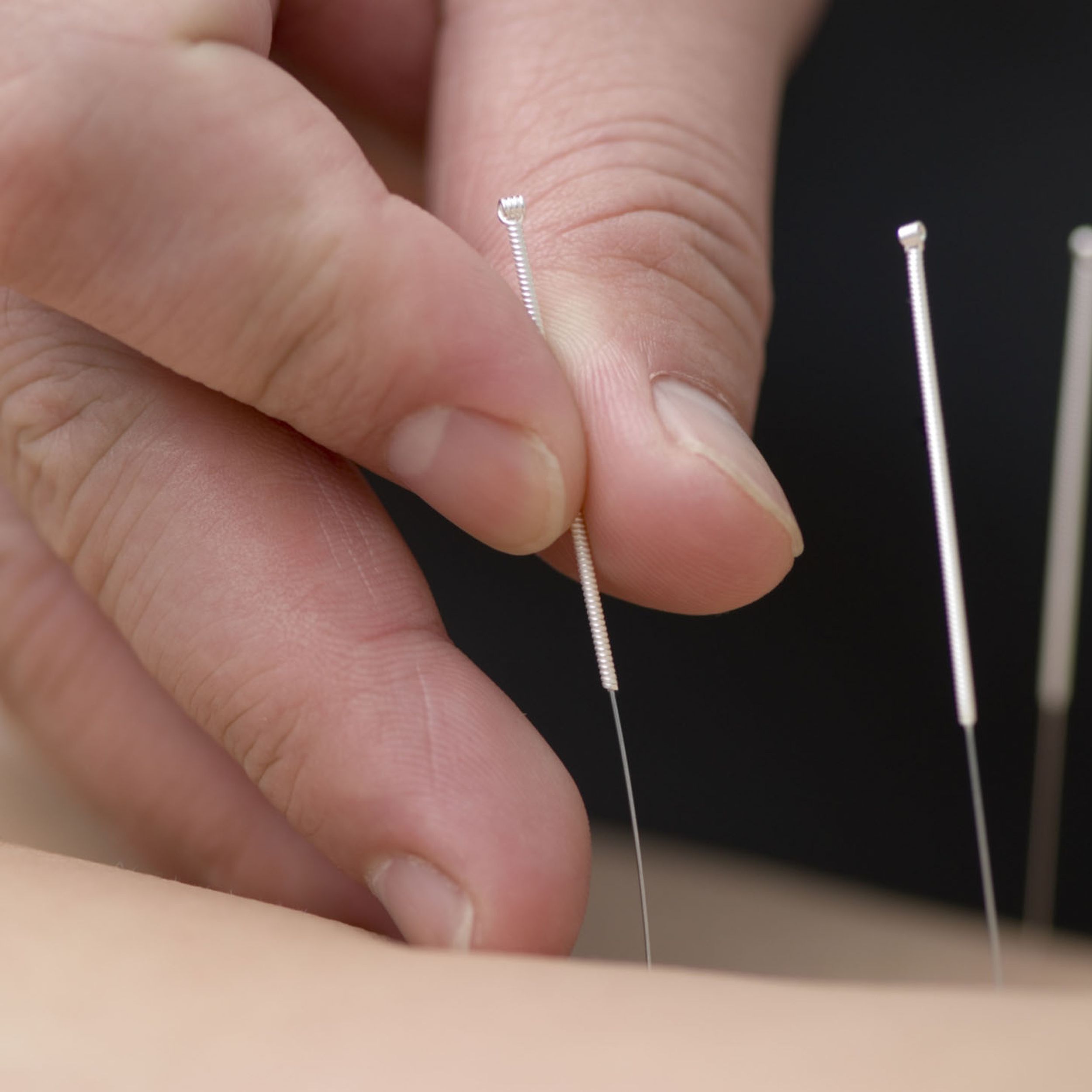
For severe or chronic tailbone pain, medical procedures such as nerve blocks or corticosteroid injections may be recommended to reduce inflammation and pain.
Surgery as a Last Resort for Tailbone Pain
In rare cases where conservative treatments fail, surgery to remove part or all of the coccyx may be considered. This procedure, known as a coccygectomy, is typically a last resort.
The Importance of Tailbone Pain Prevention
Preventing tailbone pain is key. This can include using proper body mechanics, maintaining a healthy weight, and ensuring ergonomic seating arrangements.
Alternative Therapies for Tailbone Pain
Some people find relief from tailbone pain through alternative therapies such as acupuncture, chiropractic adjustments, or massage therapy.
Athletes, particularly those in contact sports, are at a higher risk for tailbone injuries. Protective gear and proper training can help mitigate this risk.
Chronic tailbone pain can have psychological effects, including depression and anxiety. Addressing the emotional impact of pain is an important aspect of treatment.
Summary
Tailbone pain can arise from various causes, ranging from acute injuries to prolonged sitting or underlying medical conditions. Understanding the anatomy of the tailbone and the factors that contribute to coccydynia is crucial for effective treatment. While self-care measures and lifestyle adjustments can often alleviate pain, medical interventions may be necessary for persistent or severe cases. It's important to consult a healthcare professional if tailbone pain disrupts your daily life.
FAQs
Q: Can tailbone pain go away on its own?
A: Tailbone pain, also known as coccydynia, can be a discomforting and sometimes debilitating condition. The severity and persistence of tailbone pain can vary from person to person, leading many to wonder whether it can go away on its own. While I'm not a medical professional, I can offer some insights that might guide you in understanding this issue.
In some cases, mild tailbone pain can indeed resolve on its own with time and self-care. Here are a few factors to consider:
- Cause of Tailbone Pain: Understanding the root cause of your tailbone pain is crucial. It could be the result of trauma, such as a fall or prolonged sitting on a hard surface, or it might be associated with underlying medical conditions like infections or inflammatory disorders. Mild cases caused by temporary factors may improve on their own.
- Self-Care Measures: Taking proactive steps to alleviate tailbone pain can enhance the healing process. These measures may include using a cushion when sitting, avoiding prolonged periods of sitting, practicing good posture, and applying ice or heat to the affected area. Over-the-counter pain relievers and anti-inflammatory medications may also provide relief.
- Time and Patience: The body has a remarkable ability to heal itself, and given time, many injuries and pains may naturally subside. Resting and avoiding activities that aggravate the pain can be beneficial. However, it's essential to pay attention to your body and seek medical attention if the pain persists or worsens.
Despite these factors, it's crucial to recognize that not all cases of tailbone pain will resolve on their own. Persistent or severe pain may require professional medical intervention. If your tailbone pain is accompanied by other symptoms, such as numbness, tingling, or bowel/bladder issues, it is imperative to consult with a healthcare provider promptly.
It's always advisable to consult with a healthcare professional for personalized advice based on your specific situation. They can conduct a thorough examination, potentially order imaging tests, and recommend a tailored treatment plan to address the underlying cause of your tailbone pain.
Q: Are there specific exercises to relieve tailbone pain?
A: Exercises that focus on strengthening the pelvic floor, stretching the ligaments around the coccyx, and improving overall posture can help alleviate tailbone pain. A physical therapist can provide a tailored exercise program.
Q: How long does it typically take for tailbone pain to heal?
A: Healing time for tailbone pain can vary depending on the underlying cause and the severity of the injury. The tailbone, also known as the coccyx, is a small, triangular bone at the base of the spine. Tailbone pain, or coccydynia, can be caused by a variety of factors, such as injury, childbirth, prolonged sitting, or infections.
- Mild Injuries or Bruising:
If the tailbone pain is a result of a mild injury or bruising, it may start to improve within a few days to a couple of weeks. Rest, ice packs, and over-the-counter pain relievers can help alleviate discomfort during this period. - Moderate to Severe Injuries:
More severe injuries, such as fractures or dislocations, may require a more extended healing period. In these cases, recovery can take anywhere from a few weeks to several months. It's crucial to follow your healthcare provider's recommendations for pain management and rehabilitation exercises. - Chronic Conditions:
Chronic conditions, like repetitive strain injuries or conditions causing inflammation, may necessitate ongoing management. Physical therapy, lifestyle adjustments, and targeted exercises can be key components of long-term healing in these cases. - Postpartum Tailbone Pain:
For women who experience tailbone pain after childbirth, the healing time can vary. In many cases, the pain improves within a few weeks to a couple of months. However, individual factors such as the type of delivery and overall health can influence recovery time. - Medical Interventions:
In some instances, medical interventions like injections or surgical procedures may be recommended for severe cases or when conservative treatments are not effective. The recovery time in such cases will depend on the specific intervention and the individual's response to it. - Self-Care and Prevention:
Regardless of the cause of tailbone pain, practicing good self-care and preventive measures can contribute to faster healing and reduce the risk of recurrence. This includes avoiding prolonged sitting, using cushions or support when sitting, maintaining good posture, and engaging in activities that promote flexibility and strength in the pelvic region.
It's crucial to note that individual experiences with tailbone pain can vary, and it's always advisable to consult with a healthcare professional for an accurate diagnosis and personalized treatment plan. If the pain persists or worsens, seeking medical attention promptly is essential to address any underlying issues and facilitate a quicker recovery.
